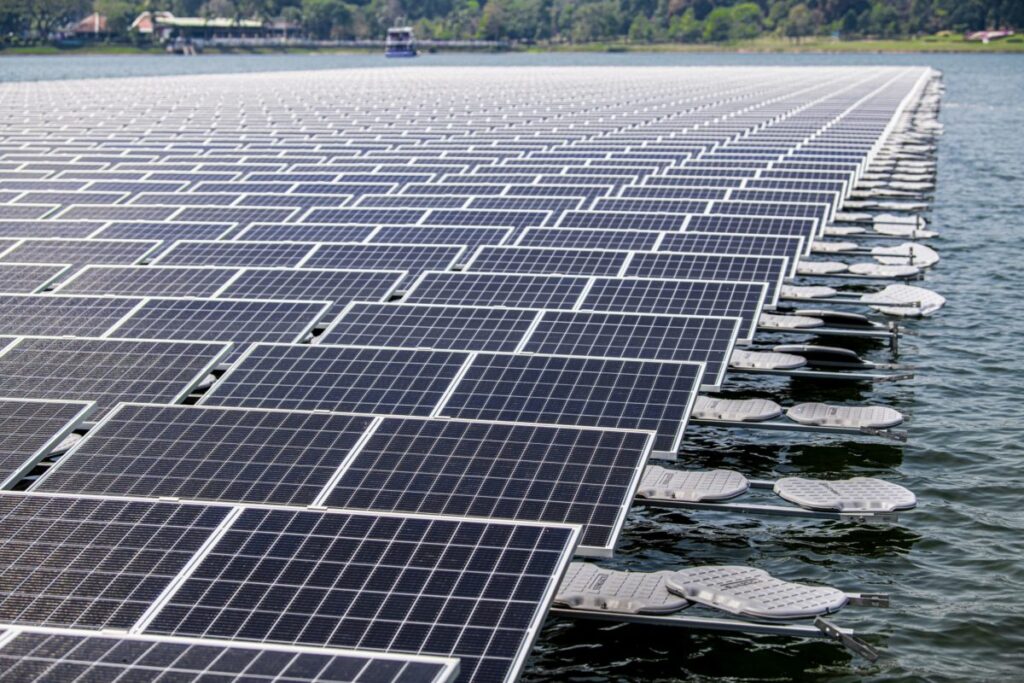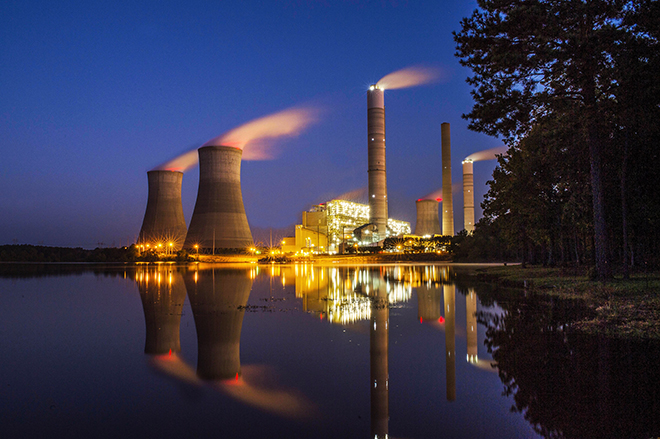
As one of the world’s most populous and rapidly developing nations, India faces immense challenges in balancing its energy demands with sustainable practices. Among these challenges, the relationship between water storage and energy consumption is crucial. Water storage plays a vital role in energy production, conservation, and management, especially in a country where over 60% of the energy mix is derived from thermal power, primarily coal. This blog post delves into the multifaceted connection between water storage and energy consumption in India, exploring the implications for sustainable development and future energy policy.
Understanding the Dynamics of Water and Energy
The water-energy nexus highlights the interdependence between water and energy resources. On one side, energy production relies heavily on water—for cooling, steam production, and hydroelectric power generation. Conversely, the extraction, treatment, and transportation of water are energy-intensive processes. In India, this interdependence is starkly visible. The country experiences pronounced seasonal variations in rainfall, leading to significant fluctuations in water availability. In many regions, particularly the arid and semi-arid areas, water shortages are commonplace, which poses unique challenges to energy production and consumption.
Hydroelectric Power Generation
Hydroelectricity remains one of the most significant and renewable sources of energy in India, contributing about 13% to the total installed power capacity. This form of energy generation is directly dependent on adequate water storage in reservoirs. Dams and hydroelectric plants harness river flows during monsoons, ensuring steady electricity production throughout the year, even during dry periods.
Thermal Power Production
Thermal power plants, which predominantly use coal, also illustrate the connection between water storage and energy consumption. These facilities require substantial volumes of water for cooling purposes as well as for generating steam. In India, where many thermal power plants are situated near river systems, the availability of water is critical for operational efficiency. As water scarcity becomes a more widespread problem, it can jeopardize the ability of these plants to operate at peak capacity.

Water Storage Solutions
Effective water storage solutions are imperative to bridge the gap between water availability and energy consumption in India. Traditional approaches to water storage involve large reservoirs and dams. While these solutions can effectively stabilize water supply and increase electricity generation capacity, they often involve significant ecological disruption, displacement of local communities, and long-term changes to land use.
Optimal Reservoir Management:
Maximizing operational efficiency through optimal reservoir management can address some of these issues. This involves meticulously planning water releases according to electricity demand, seasonal variability, and ecological considerations. Advanced forecasting technology powered by artificial intelligence (AI) can help improve predictive modeling for rainfall patterns, enabling better decision-making in dam management.
Rainwater Harvesting:
Another sustainable approach is rainwater harvesting, which can enhance groundwater recharge while reducing dependency on large-scale reservoirs. By promoting decentralized water storage solutions at local levels, communities can better manage their water resources, leading to the enhancement of local resilience. Initiatives that incorporate rainwater harvesting, particularly in rural areas, also align with India’s broader goals of enhancing water security and agricultural sustainability.
Promoting Desalination and Recycled Water:
Exploring alternative sources such as desalination and treated wastewater can supplement freshwater supplies and reduce pressure on traditional water resources. While the energy requirements for desalination are substantial, integrating renewable energy sources can create a more sustainable approach.
Conclusion
The connection between water storage and India’s energy consumption is a defining aspect of the country’s future sustainability. With growing energy demands and increasing water scarcity, an integrated approach that harmonizes water management with energy policy is vital. By prioritizing effective water storage solutions, embracing innovative technologies, and ensuring robust governance, India can transition toward a sustainable energy future that conserves so precious water resources. As the nation navigates the complex intersections of these two critical resources, it is clear that the relationship between water and energy will continue to shape its development trajectory.


